If you’re injured by a product, you may have medical bills, lost wages, and other expenses to manage. This is where product liability comes in. If the manufacturer of that product is found liable for your injuries, you may be able to recover damages that would help make you “whole” again.
What is Strict Liability?
Usually, when you’re injured by a product, you assume that the manufacturer was negligent in some way. If you were burned by an exploding pressure cooker, for instance, you might seek to prove that the manufacturer knew the product could explode and had even received reports of it doing so, yet failed to fix the defective product or to adequately warn you about the risk.
In strict liability claims, however, it’s not about whether the defendant failed to do what he or she should have done. Instead, it’s about whether the product was unreasonably dangerous.
Examples of Strict Product Liability
In courts today, strict product liability is typically associated with defectively manufactured products. In these cases, plaintiffs have to prove that the product caused the injury, that it was defective, and that the defect rendered the product unreasonably dangerous. They don’t have to prove that the manufacturer was careless or negligent.
In other words, the plaintiff must prove that the product was defective, but as to “why” it was defective, that’s immaterial.
Let’s say an individual is using a meat grinder in his butcher shop and gets his hand caught in the blades. Strict liability may apply if he can prove that the meat grinder was unreasonably dangerous. He could do so by showing that it was defectively designed, perhaps, in that it didn’t have the proper safeguards, but he doesn’t have to show that the company knew about this defect.
Here’s another example: while using a chain saw to cut down tree branches, an individual accidentally cuts his leg. In a typical product liability case, the plaintiff would try to prove that the manufacturer knew the saw was not designed to cut branches with a diameter larger than 12 inches, yet failed to warn consumers to use the product only on small branches.
Strict liability would apply, however, if the plaintiff could prove that the product was unreasonably dangerous, regardless of the manufacturer’s intent. He might gather evidence of other less dangerous but comparable products, showing that the defendant’s product, even though manufactured well, was simply too dangerous for the everyday person to use safely.
A defendant may argue against strict liability claims by using these arguments:
- the plaintiff knew about the risks associated with the product, and voluntarily assumed the risk
- the plaintiff used the product in a way for which it was not designed
- the injury resulted from a danger commonly known to the public (such as using a knife)
- the danger associated with the product was commonly known by users of that product—loggers using a certain type of saw, for example
If you have a claim in which you believe strict liability may apply, check with your defective product attorney. He or she can help guide you in determining the best approach to winning your case.


